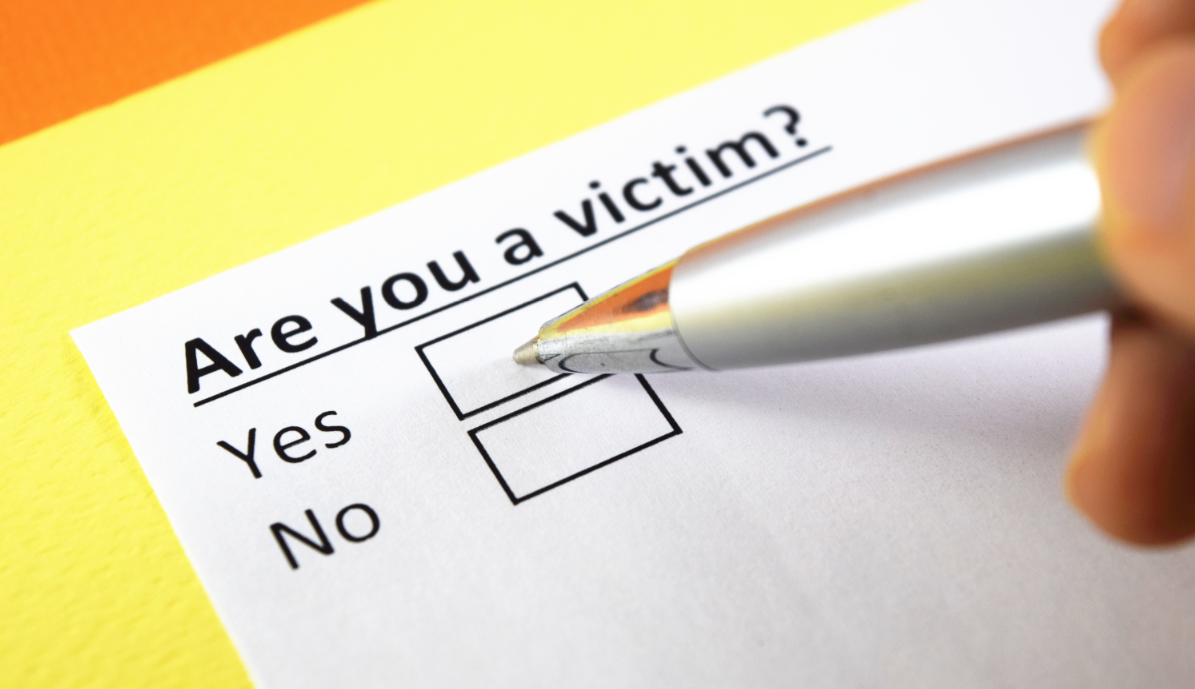Are you a victim?
Over the past 25 months, newspapers and media have been reporting about the #MeToo movement. It all started with some emails which highlighted the prevalence of sexual assault and harassment towards women, minorities and the LGBT community, especially in the workplace. A recent study by the International Bar Association revealed that the legal profession is not different from any other sector. On the contrary, a survey of approximately 7,000 individuals from 135 countries, from across a wide spectrum of legal workplaces (law firms, in-house, barristers’ chambers, government and the judiciary) showed that bullying and sexual harassment are rife in the legal profession.
The survey revealed that approximately one in two female respondents and one in three male respondents had been bullied in connection with their employment. One in three female respondents had been sexually harassed in a workplace context, as had one in 14 male respondents. The report also identified chronic underreporting of incidents, with 57% of bullying cases and 75% of sexual harassment cases not reported, for reasons including the profile of the perpetrator and the target’s fear of repercussions.
Remarkably, the report finds that HR policies – while present in more than half of workplaces – are not having the desired effect. This was also one of the conclusions of the Open@Work panel in May of this year at LDIA. And although training does have some positive impact, only one in five legal workplaces are educating their staff to avoid engaging in, prevent or properly respond to bullying and sexual harassment.
In times of ‘war for talent’, the legal profession has a serious problem.
Legal commitments in the work place
As a result of all that, in June 2019, the ILO (International Labour Organisation) adopted ‘The Violence and Harassment Convention, 2019’, and ‘Violence and Harassment Recommendation, 2019’, on the final day of the Centenary International Labour Conference, in Geneva. This is the first new Convention agreed by the International Labour Conference since 2011. The Recommendation, which is not legally binding, provides guidelines on how the Convention could be applied.
The Convention recognizes that violence and harassment in the workplace “can constitute a human rights violation or abuse […], is a threat to equal opportunities, is unacceptable and incompatible with decent work.” It defines “violence and harassment” as behaviours, practices or threats “that aim at, result in, or are likely to result in physical, psychological, sexual or economic harm.” It reminds ILO Member States that they have a responsibility to promote a “general environment of zero tolerance”.
This new international labour convention aims to protect workers and employees, irrespective of their contractual status, and includes persons in training, interns and apprentices, workers whose employment has been terminated, volunteers, job seekers and job applicants. However, it does not give any rights and protection to self-employed workers. In this new ‘gig economy’ where a large number of workers turn to self-employed status, forced to do so by the platforms, this is alarming in respect of protection against harassment and violence at work. Moreover, especially in the legal profession, the self-employed status is common in a number of countries for law practitioners, not protected by any employment law.
Legal instruments in Belgium
National law regulates the protection against violence, harassment and sexual harassment at work.
In Belgium, Chapter Vbis of the Act of 4 August 1996 on the well-being of employees at work establishes a general framework for the prevention of psychosocial risks at work, whereas previously it only related to violence, harassment and sexual harassment at work. The latter have been an integral part of the so-called psychosocial risks at work since 2014 and are therefore addressed through the general framework of legislation. The legislation contains provisions relating to, among other things, risk analysis and prevention measures (drafting a plan to avoid harassment, violence, etc.), the various procedures available to workers who believe they have suffered harm as a result of exposure to psychosocial risks at work, the status of the psychosocial prevention adviser, etc. In addition, the Collective Labour Agreement (CAO) No 72 of 30 March 1999 includes a policy to avoid work-related stress.
This legislation applies to situations where at least one employee (salaried worker) is involved (as such also in a relation between a salaried worker and a self-employed). But what about an issue between two self-employed workers, i.e. attorneys in a Belgian law firm? A complaint on the basis of assault – Article 442bis of the Penal Code – can be filed. Quite a step to take! Please note however that since 2016, the prosecutor can autonomously (without any complaint made by any party) pursue a legal action against persons on the basis of Article 442bis.
But hopefully, it does not have to come to that point and prevention, respect, common sense and solidarity will prevail in the work place.
By Stefan Nerinckx (Fieldfisher)
Legal Diversity & Inclusion Alliance
Want to read more articles by this author?




0 reacties